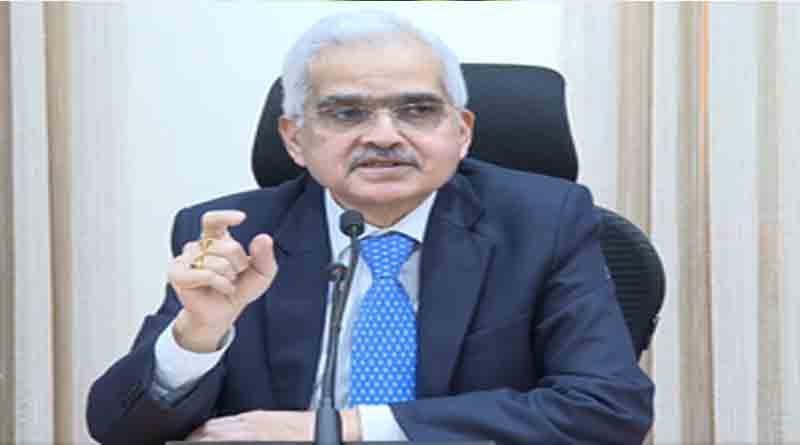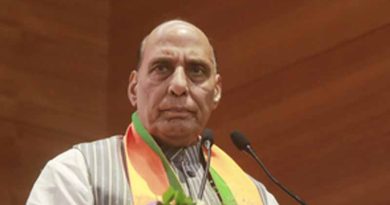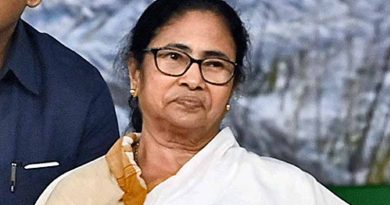RBI Gov : India growth story intact; need more reforms to become Viksit Bharat by 2047
Insight Online News
Mumbai, Sep 5 : India needs a “holistic approach” to nurture and accelerate a broad-based growth of the economy to realise the aspiration of transitioning from an emerging to an advanced economy by 2047, said RBI Governor Shaktikanta Das.
A holistic approach to nurture and accelerate a broad-based growth of the economy would necessitate preservation of the “gains of past reforms” and accelerating India’s reform journey with “more reforms”, Das said at a Conference organised jointly by FICCI and IBA.
Notwithstanding the moderation in growth from the previous quarter and below our projection for Q1, the data shows that the fundamental growth drivers are gaining momentum. This gives us confidence to say that the “Indian growth story remains intact.”
Private consumption, which is the mainstay of aggregate demand with a share of around 56 per cent in GDP, has rebounded to 7.4 per cent growth from a feeble 4 per cent growth in the second half of the previous year. This reconfirms the revival of rural demand.
The other important driver of growth, i.e., investment, which accounts for around 35 per cent of GDP, grew at 7.5 per cent, keeping up with its recent momentum. Thus, more than 90 per cent of GDP expanded at a robust pace and materially above 7 per cent.
The headline number, however, came lower against the backdrop of muted government expenditure of both the Centre and the States, perhaps due to the Lok Sabha elections. Excluding government consumption expenditure, GDP growth works out to 7.4 per cent, Das said.
On the supply side, while agriculture grew modestly at 2 per cent in Q1, it is likely to perform better, going forward, on the back of good progress of monsoon, improved kharif sowing, and good moisture conditions for rabi crops. Industry and services recorded a growth of 7.4 per cent and 7.7 per cent respectively in Q1, underscoring continued strength in economic activity.
Construction activity remained robust growing at 10.5 per cent.
We have to remain watchful of how the forces impacting inflation play out. The balance between inflation and growth is “well-poised.” We must successfully navigate the last mile of disinflation, and preserve the credibility of the flexible inflation targeting (FIT) framework which is a major structural reform.
The best contribution that monetary policy can make for sustainable growth is to maintain price stability, Das said.
From an economic perspective, reforms that have imparted paradigm shifts and buttressed our stability and growth story would include: (i) shifting from administered exchange rate of the rupee to a market determined regime; (ii) stoppage of automatic monetisation of budget deficit financing by the Reserve Bank; (iii) enactment of the FRBM Act; (iv) introduction of the flexible inflation targeting framework; (v) enactment of the Insolvency and Bankruptcy Code (IBC); and (vi) implementation of the Goods and Services Tax (GST).
Each of these six reforms has yielded long term positive outcomes. These reforms need to be augmented by reforms in land, labour and agricultural markets. While India has made some progress in these areas, a lot more needs to be done both at the national and sub-national levels.
Improvements in ease of doing business, especially at local levels, will boost our competitiveness, Das said, adding our focus should be on employing all engines of growth from both supply and demand sides. The supply side focus must encompass agriculture, industry, and services.
We should be mindful of the fact that agriculture possesses huge potential in India. Agri-commercial activities in horticulture, edible oils, dairy, poultry, food processing, etc. could be the focus areas. Our approach should be to enhance productivity as well as quality of our produce so that we gain a significant share in world exports, while meeting our domestic requirements, he said.









